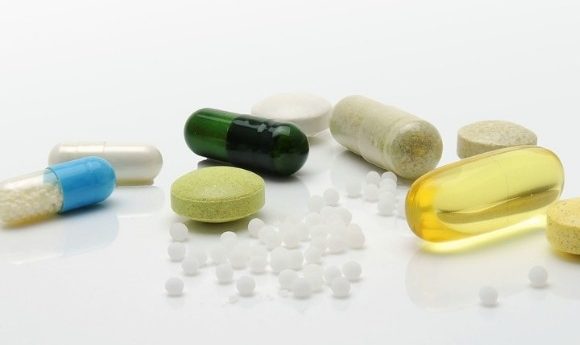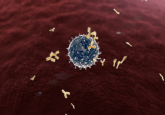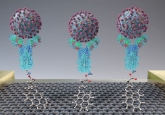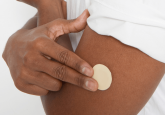Stockpiling, sharing and shopping for antibiotics: a hazard to public health

Difficulties accessing healthcare facilities, high cost and long waiting times may have caused US citizens to use antibiotics without a prescription, a scoping review has shown.
Antibiotic resistance poses a great threat to public health. It is known that the agriculture industry and overprescribing practices are some of the key driving forces behind mass drug resistance.
However, a study by the American College of Physicians (PA, USA) published in Annals of Internal Medicine has shown that US citizens are self-medicating by saving leftover prescriptions for later use, procuring them from friends and family or obtaining them from local markets ’under the counter.’
By reviewing 31 articles, researchers from Baylor College of Medicine and the Center for Innovations in Quality (both TX, USA) calculated that 1–66% of people practice non-prescription use, 25% of people intended to use antibiotics without a prescription and 14–48% of people stored antibiotics for a later date.
-
River contamination: a growing cause of antibiotic resistance?
-
Could plant-based foods be a route for antibiotic resistance?
-
Could your kitchen sponge contain the solution to antibiotic resistance?
Additionally, the researchers reported factors contributing to non-prescription use. They included: easy access through markets or stores that obtain antibiotics internationally for under-the-counter sales; difficulty accessing the health care system; costs of physician visits; long waiting periods in clinics; lack of health insurance; embarrassment about seeking sexual health treatments; not being able to take time off work and transportation problems.
“The time may come when penicillin can be bought by anyone in the shops. Then there is the danger that the ignorant man may easily underdose himself and by exposing his microbes to non-lethal quantities of the drug make them resistant.” -Alexander Fleming (1945)
The researchers concluded that further research is required to understand risk factors that underpin these behaviors, and therefore, be able to target interventions to prevent this practice. With no new classes of antibiotics being discovered in decades it is essential to maintain the effectiveness of current antimicrobials.





